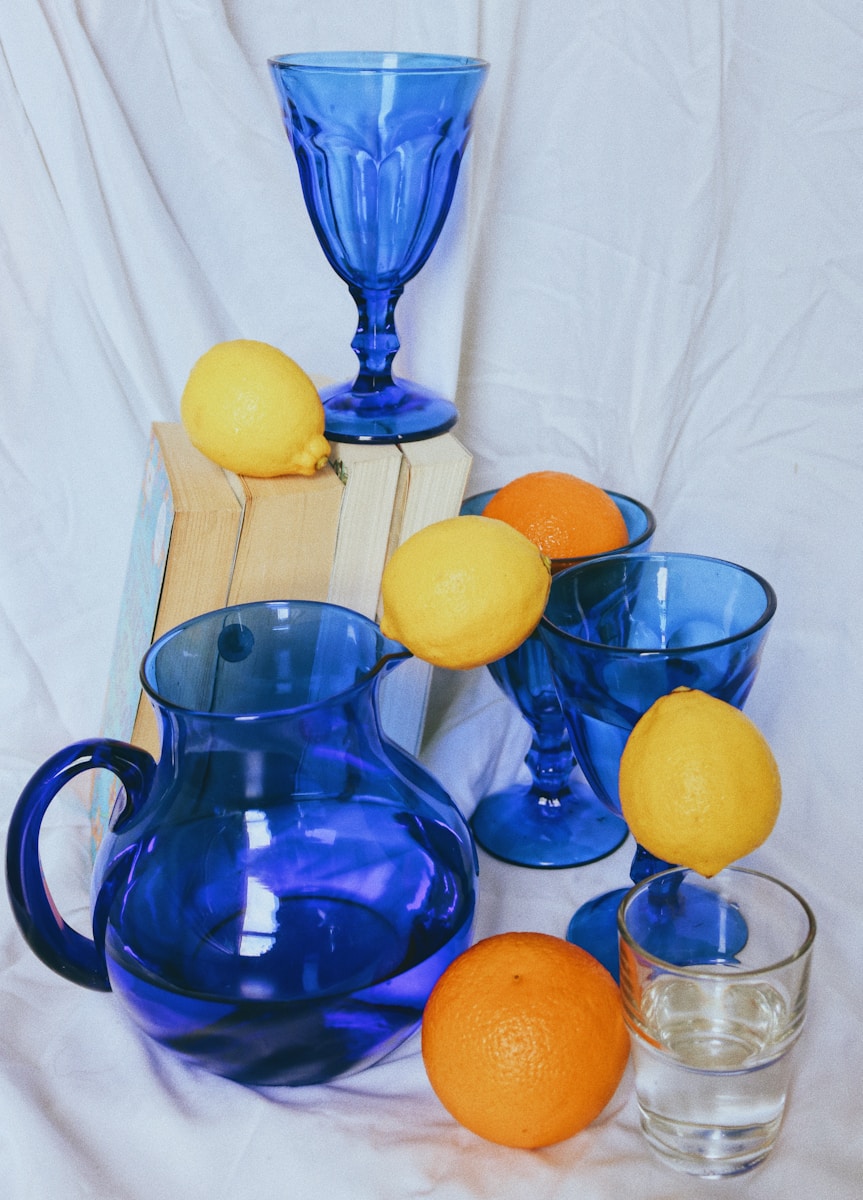The Stuff of Still Lives
The genre of still life is quite simply the depiction of inanimate objects. If you are taking a picture of your fantastic dinner and table setting and posting it on Instagram you have just created a still life image.
With origins in Ancient Greece and Rome, still life as a genre came to life in the Dutch Golden Age. It was at this time that new and exciting foods, spices, and objects were being brought into the Netherlands by the Dutch East India company. Artists began to present these new items in their art.
In the work of Frans Snyder, the artist has brought together fruit with Chinese porcelain and squirrel into the image. This squirrel has been quite busy sampling this delectable fare that would have been unavailable to most at that time. This almost fantastical setting was however available to the artist who came from a wealthy merchant family and eventually became known as the Rubens of still life painting. This elaborate setting showcases the very early beginnings of globalization.

Frans Snyder, Still Life with Fruit, Wan Li Porcelain, and Squirrel, 1616, oil on copper, Collection of the Fine Arts Museum of Boston
Still lifes can be created in virtually any medium: painting, photography, sculpture, printmaking, or a combination of media.
In Gathie Falk’s Eight Red Boots, the artist used ceramic, with a bold red glaze, along with a found plywood and glass cabinet coated in the same glaze; the artist makes a fetish object of these very popular boots. Falk is primarily known as a Canadian pop artist; a style of visual art that both celebrates and critiques the popular. Consider her American counterpart Warhol who elevated Campbell’s Soup from the everyday to the iconic.

Gathie Falk, Eight Red Boots, 1973, red glazed ceramic in painted plywood and glass cabinet, photo courtesy of National Gallery of Canada, courtesy of the artist
Memento mori and vanitas are two traditional categories of still lifes in Western art. Memento mori is a Latin phrase meaning “remember you must die.” These typically contemplate mortality and death. Vanitas still lifes emphasize wealth and earthly pleasures—and warn of their impermanence.
In his photographic image the artist Roe Etheridge portrays the contemporary with the notions of the historic – an emphasis on earthly pleasures cigarettes and an apple that both could be symbolic of death. The flowers also add flavour to the theme of life and death. When photographing this still life the artist chose a full ashtray, along with how the objects would appear.

Roe Etheridge, Apple and Cigarettes, 2004/6, chromogenic print, edition of 5, courtesy of Gagosian Gallery
The genres of hyperrealism can be traced back to the Dutch and Flemish still life artists of the 17th Century. In contemporary life, still life artists use their objects to symbolise the time they are living in. Still life painting can tell a viewer – what is important to the artist, what is important to the viewer, what is seen as luxurious or what is seen as everyday.
In Ian Griffiths brilliantly reflective work the combination of skill and narrative can be clearly seen. Griffiths continues the Dutch tradition of hyper-realism that both showcases his skill as a fine artist as well as his nostalgia for objects that pertain to the middle of the 20th century. His work along with the work of Susie Fairbrother can be seen at the Cline House Gallery, Cornwall, from September 18th to October 25th.

Ian Griffiths, Sunday Morning, 2016(?), oil on canvas
Still life art is important because it’s a fundamental practice for developing necessary artistic skills like observation, composition, and color theory. It provides opportunities for artists to explore personal expression, symbolism, and the relationship between objects and viewers.




